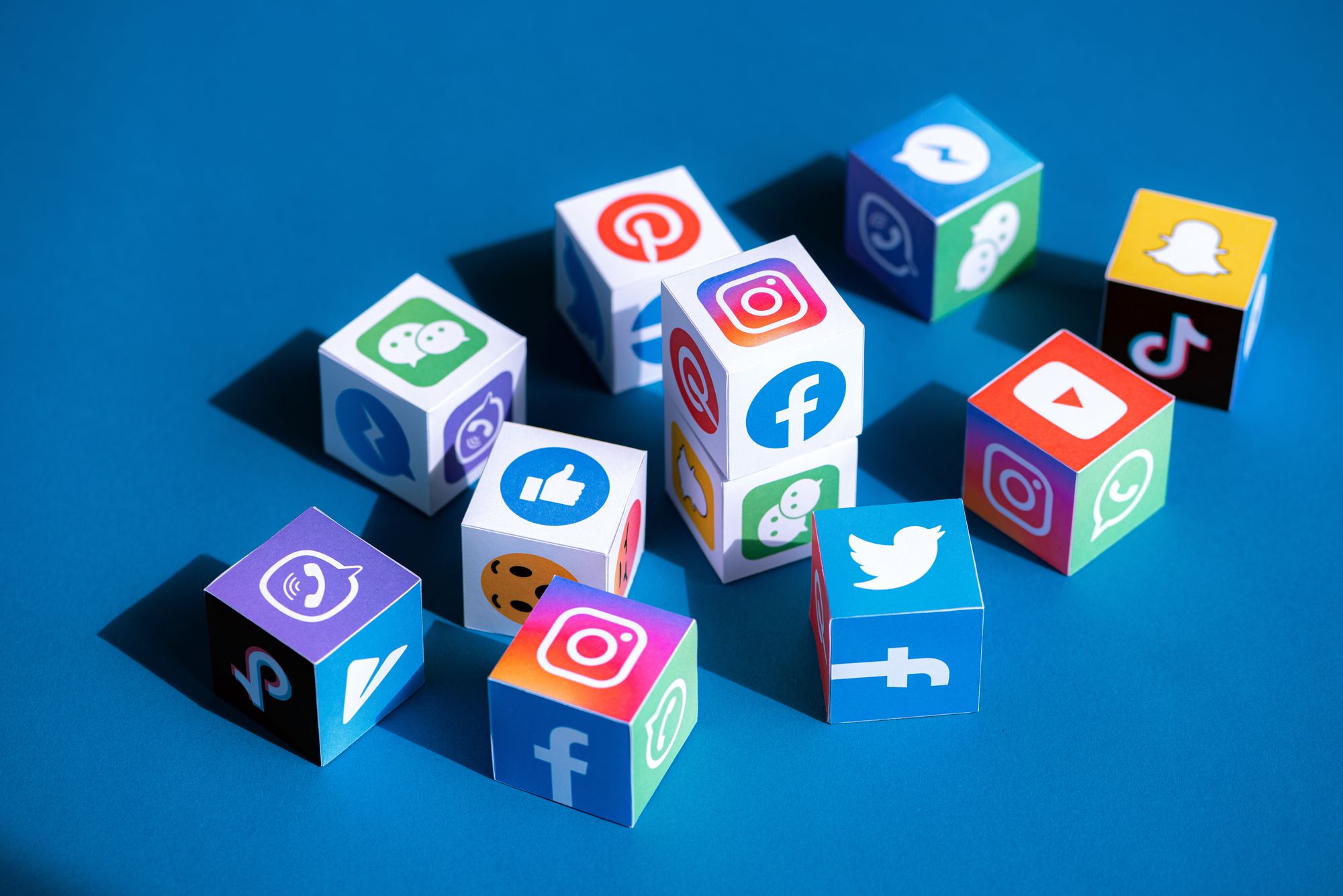
A lot has been happening to Instagram lately. At the end of 2021, Adam Mosseri, the head of Instagram, announced a move to video. Since then, we've seen parental controls added to the platform, the removal of IGTV and overnight, there's been a gentle return to chronological feeds.
And just in the last month, further algorithm changes have started to impact, with many users complaining that organic reach just isn't what it was. We've seen a drop in 'likes' and comments in the last two weeks on Creative Boom, too. Which prompted me to ask my followers on Twitter: do you see an impact on engagement with Instagram? Over 73 per cent said yes, they had seen a drop. "I've noticed my posts absolutely tank," said freelance illustrator Connor Parker. "Reels do quite well but not even really as well as my posts would've done a year or so ago. It feels like it's been declining for a while now, and as others have said, there are a lot more ads."
So, where do we go from here? Many of us have enjoyed free access to a platform that has ultimately helped build our brands and businesses with no investment except for our time (and no price except for our data). We can hardly expect that to continue. From the point of view of Meta, it doesn't make sense to keep giving us something for nothing when it has shareholders to please, 72,000 workers to pay and massive data centres to run.
The obvious solution might be to start paying to access our audience through Instagram ads. But given so many of us hate the increased advertising on the platform anyway, won't we feel we're going against our guiding principles? Besides, can we trust Meta? The platform is in such infancy and moves so incredibly fast that can any of us truly know if those 'likes' are even real? And what about our own data? The tracking, the information they hold on us? What of that?
Interestingly, Meta now has an Ad Library that "provides advertising transparency by offering a comprehensive, searchable collection of all ads currently running from across Meta technologies" – that's one to spend a fascinating hour or two on, searching for your favourite brands to see what they're doing on Facebook and Instagram. It's not something Meta shouts about, but it's right there in the public domain. What's great about its Ad Library is that it offers so much insight. You can see what ads are working for competitors purely by seeing how long they've been live.
Now I'm no expert, but I've flirted with advertising on Meta for clients of my former PR agency, and we enjoyed some great results. But they had decent budgets and were consistent in their approach – perhaps not an option for smaller businesses working in the creative field who only use Instagram as a credible additional tick to their online portfolios.
The question is, does an illustrator really need Instagram to raise their profile and win new work? We've seen for many years how only a few rise to the top and have enjoyed thousands of followers and giddying engagement while equally talented folk never get more than 300 fans. Those more popular feeds will have benefited from all the exposure, no doubt. But for the rest? Instagram's changes will hardly make a difference.
What might be more reassuring to some is that in all my experience of running an agency and working for clients, the biggest source of new business leads always came from word of mouth. And survival relied on doing a great job for them. It meant they not only stuck around for many years but would also recommend us to their friends. Business was good. We still have the same clients today – in some cases, two decades later. Did they come from Instagram? No, they did not.
Is Instagram dying? Nope. It's doing just fine. It might be facing stiff competition from TikTok as well as heightened scrutiny from regulators and lawmakers, but it now has more than two billion monthly active users worldwide – a milestone it reached last year. Instagram will be around for some time yet. The difference is you can't organically reach the same number of people anymore. You have to pay for it. And it looks like the very people who loved using it the most, i.e. artists and creators, are no longer a priority.
I'd either roll your sleeves up and consider a monthly budget for Instagram ads, perhaps doing a little research on its Ad Library to help inform your marketing. Or I'd look at other ways in which you can raise your profile. Whether it's writing updates for your blog, sharing your latest work in an email newsletter or attending events and meeting people. Even some investment and time in learning SEO would help – anything to find fresh ways of building your brand.
Or you could do what many others are doing and move to another platform. For those of us dismissing TikTok for many years, perhaps now is the right time to try it out. But if that's too much of the same and you're after something a little more sustainable (and ethical), then Glass is an alternative that might just be your next favourite photo-sharing app. Private and member-supported, it doesn't have any ads, algorithms or tracking. You pay on a monthly or annual basis, and that's how the app thrives. It's early days, granted. But it could be a sign of things to come.
